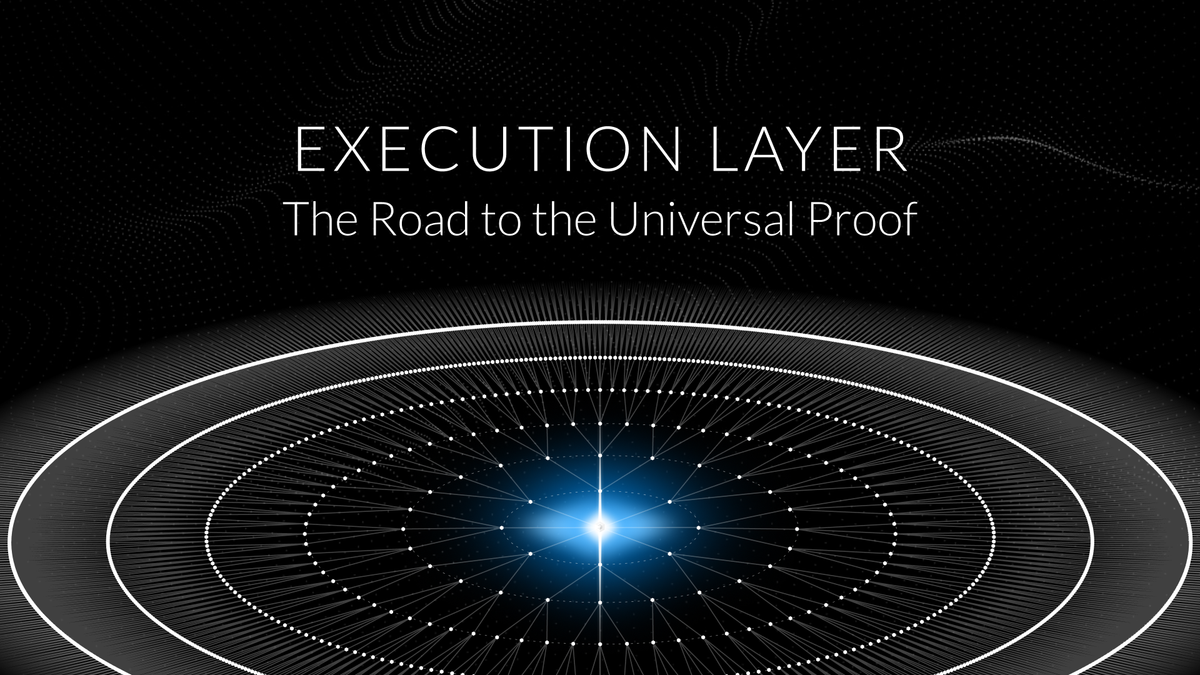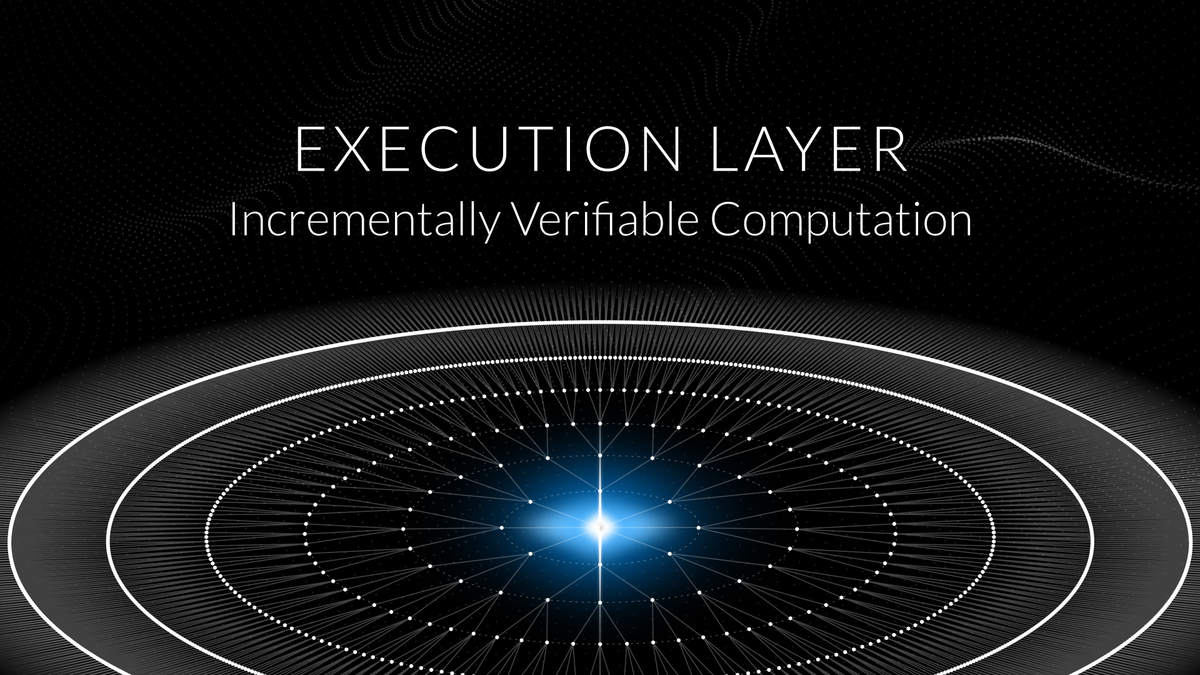Exponential Episode 18: Public Privacy
In this episode of Exponential, Aisling Connolly, Chief Strategy Officer at TACEO, joins the show to unpack the deeper technical

When people hear “operating system,” they think of environments that manage files and processes on a single machine: Windows, macOS, Linux. The Nexus OS flips that paradigm. It’s not about managing one computer — it’s about connecting to a world supercomputer.
The Nexus OS is a lightweight, modular interface that connects users to the Nexus Layer 1. It’s how people access applications that rely on the growing Nexus stack. Think of it as opening a secure window into a programmable, permissionless computational universe.
The Nexus OS makes it easy to get onchain. Here's just some of the what to expect from the easy-to-use functionality:
What sets the Nexus OS apart from a dashboard, a wallet, or another blockchain front-end is its deep architectural integration. It’s not a UI layer pasted over infrastructure — it’s a first-class interface to the system itself.
The Nexus world supercomputer is composed of multiple networks — execution, consensus, storage — each optimized for specific functions, and each with its own protocols and incentive layers.


The OS makes these accessible without sacrificing fidelity or control. Developers can tap into primitives like verifiable or zero-knowledge compute, and fast settlement — all within a consistent design system that favors clarity and composability.
The goal is a practical path to building applications that inherit guarantees from the underlying system — applications that can scale, interoperate, and reduce reliance on opaque trust assumptions. The OS is how those guarantees reach the user.
One of the most powerful additions to the Nexus OS is the new map interface — a live, visual layer that makes the abstract tangible. It’s a new way to interact with a distributed compute system.

The map shows active nodes, regions of activity, and live system data — in real time. For users, it’s an intuitive way to understand where computation is happening, how data flows across the network, and how their interactions are anchored in physical infrastructure. For everyone, it’s a reminder: this is a real network, running on real hardware, in real locations — not a magic box in the cloud.
As the world supercomputer expands, the map becomes a living atlas of its progress.
Another critical advancement is the introduction of social login, which simplifies onboarding without compromising on control or sovereignty.
In traditional crypto interfaces, identity often begins with a seed phrase or a cold start — technical, unforgiving, and easy to fumble. Nexus OS changes that. With social sign-on, users can link existing accounts (like an X) to their Nexus identity.
The result is a familiar, low-friction experience — one that doesn’t trade convenience for control. It makes it dramatically easier for new users to access the network and connect with others while still upholding the principles of decentralization and verifiability.

We often talk about the long-term vision for Nexus: a cryptographically verifiable, composable, globally distributed world supercomputer. But this isn’t a theoretical future. It’s already under construction — and the OS is how you log in.
If you’re reading this, you’re early. But not too early. The network is live. The interfaces are maturing. The apps are coming online. And whether you’re a builder, a contributor, or just curious, the Nexus OS is your invitation to step inside.
Testnet III is right around the corner.